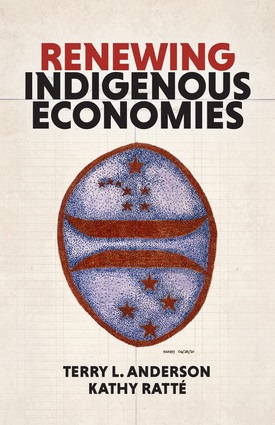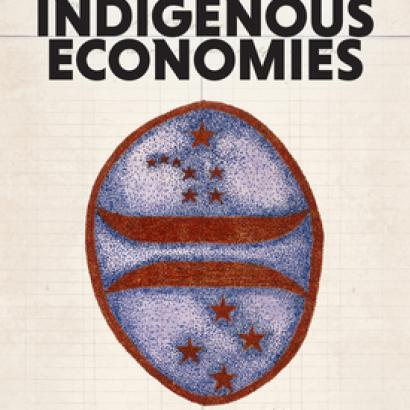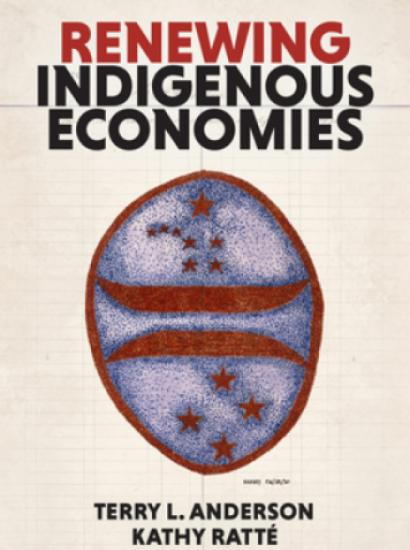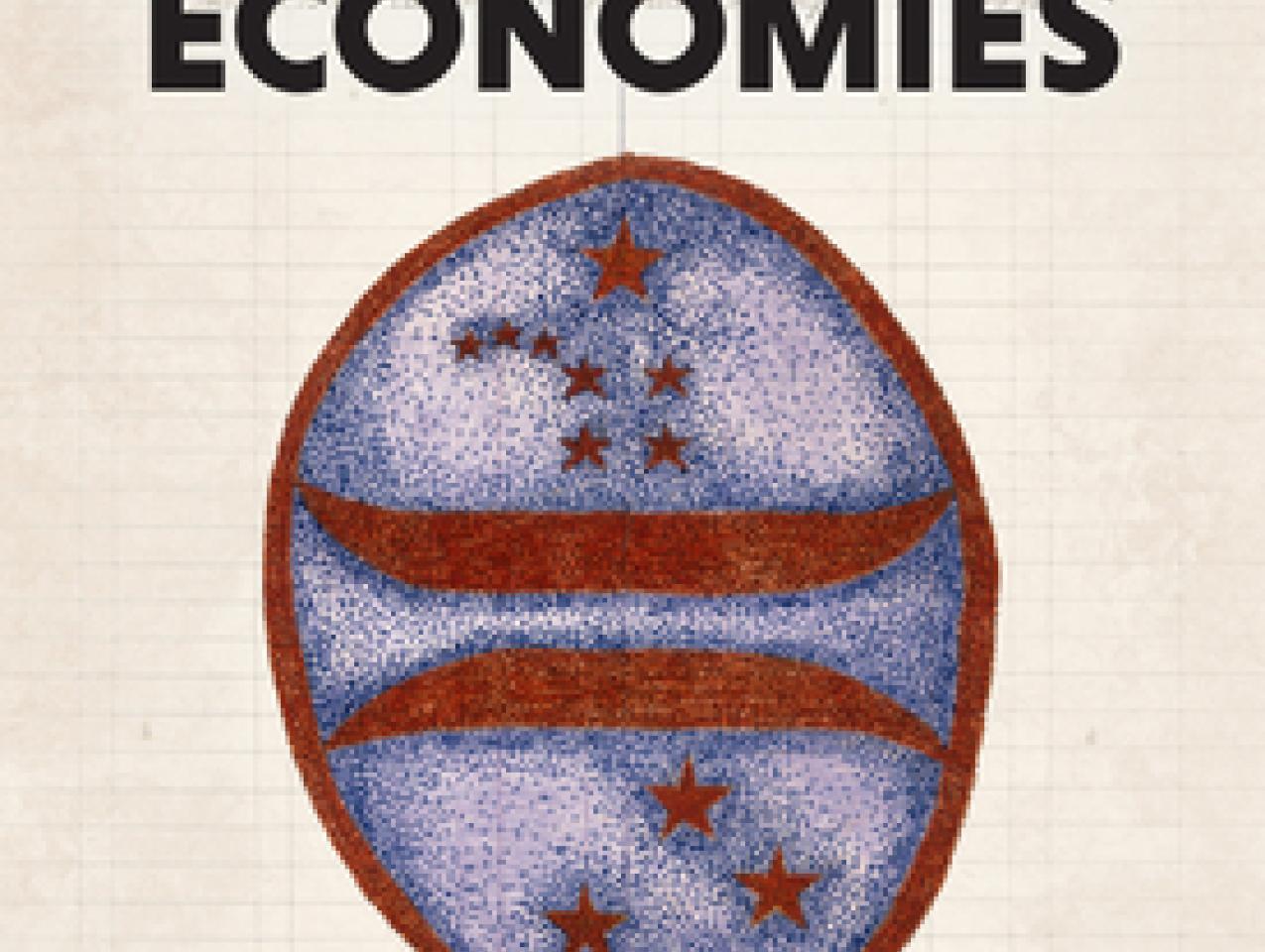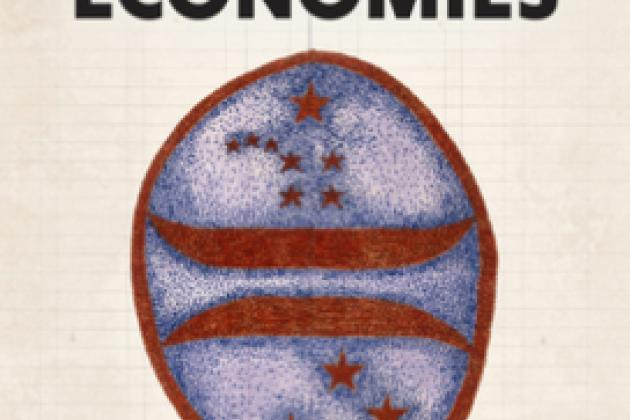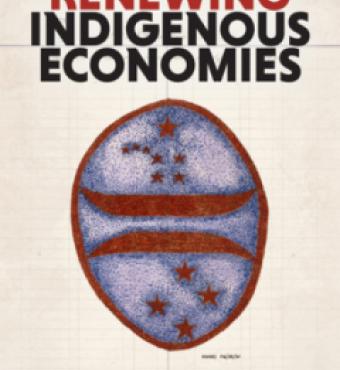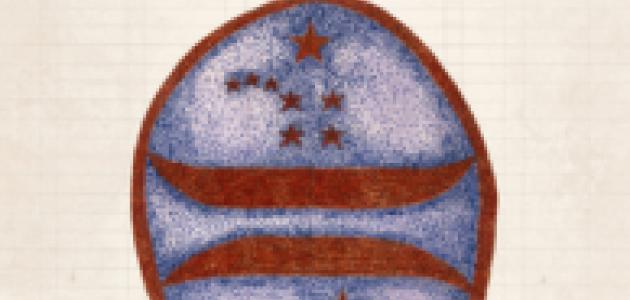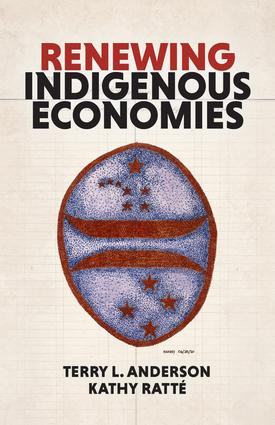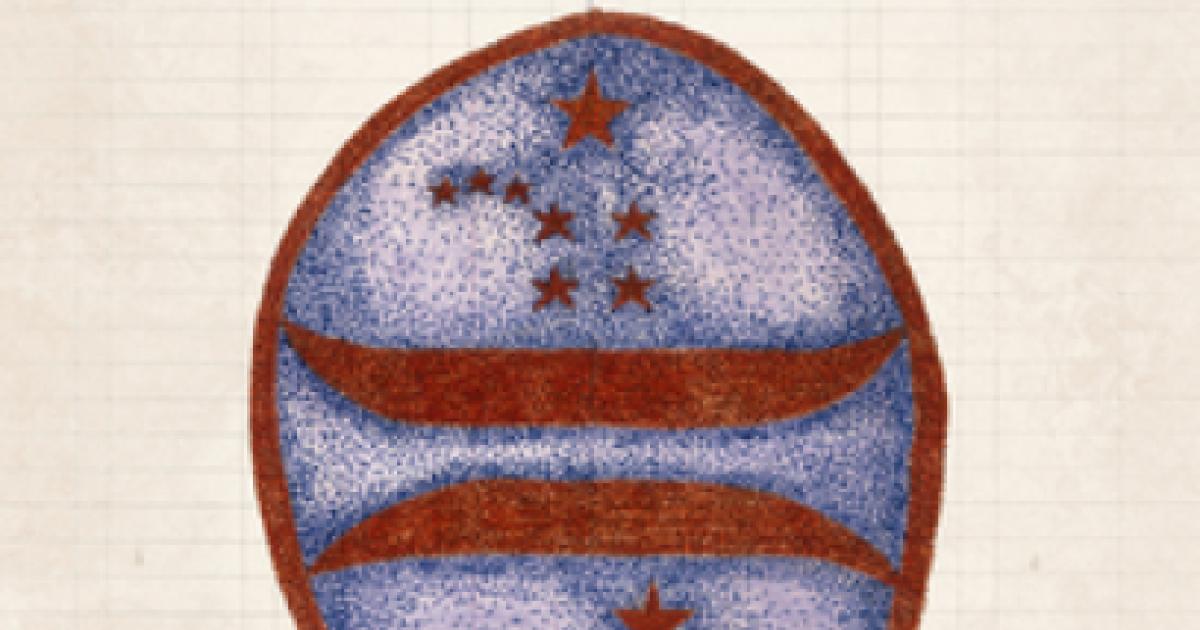By Jonathan Movroydis
In this conversation, John and Jean DeNault Senior Fellow Terry Anderson talks about the new book he coauthored with educator Kathy Ratté, Renewing Indigenous Economies (Hoover Institution Press, 2022)
Renewing Indigenous Economies is the product of a Hoover research project led by Anderson, which he describes as fifty years in the making. Born and raised in South Central Montana near the Crow Indian Reservation, Anderson developed an interest in Native American history that continued into adulthood. Throughout his education and early career as an economist, he wanted to better understand why life on the reservation has been characterized by abject poverty for so many American Indians.
In his early research, he discovered that those tribes and individual Indians who have had greater access to property ownership were more prosperous than those people whose lands have been under the trusteeship of the federal government. The reason, as he explains in this interview and in the book, is that tribes and individual Indians who own land in “fee-simple title” can put their property up as collateral to banks in order to receive loans and in turn make investments and improve productivity. This is not the case for property held in trust by the federal government because those properties are, for all intents and purposes, owned by the federal government, cannot be used as collateral and are subject to stringent bureaucratic control.
This led Anderson to look back to history to understand how economies for Indigenous people worked prior to their contact with Europeans and before the federal government extended its authority over Indian lands. He explains that before the colonization of North America, Indigenous economies didn’t just survive, they thrived. They did so, Anderson maintains, because they respected the principle of private property. Among other commodities on these lands, Native Americans maintained agriculture, fisheries, and wildlife, and they exchanged their surplus goods across vast trade networks.
Anderson believes that in order to achieve future prosperity and regain their sovereignty, American Indian tribes should revitalize forms of governance that comport with their rich and unique cultural traditions. He illustrates several success stories across America where tribes have broken out of the “white tape” of federal guardianship and are now acting autonomously for the benefit of their citizens.
Finally, Anderson describes how he is sharing research conducted in the project and wisdom gleaned from tribal success stories with Native American students through seminars at the Hoover Institution, so that these younger generations of people can be motivated to envision what is possible in their own communities.
In 2020, the Hoover Institution launched a video series on Renewing Indigenous Economies for its Educational Platform, PolicyEd. Click here to learn more.
Will you describe the origins of this project?
Terry Anderson: For me, personally, it’s been fifty years in the making. Throughout much of my youth, I lived in areas surrounding Indian reservations. My hometown was not far from the Crow Reservation in Montana. During summers, I lived on a ranch that my uncle managed in North Central Montana that was located on the Blackfeet Reservation. At that time, I was too young to understand the reality of living conditions on Indian reservations, namely abject poverty and a set of institutions that continued to keep Indians in bondage even after the period of European colonialism had ended and the United States declared its independence.
As a young economist in the early 1970s, I conducted a substantial amount of research on land use in the area where I grew up in Montana and in the nearby reservations. As I drove through those reservations, I started to notice a pattern that many of their lands were unkept. A parcel of land, for example, could be overgrazed, with a couple of wrecked cars and rundown sheds, and no residential dwelling.
I don’t say this to be critical or suggest that the people who live on reservations are irresponsible. I make this point to say that most land on a reservation is held in trust by the federal government, meaning that government administrators, namely from the Bureau of Indian Affairs, control its use.
Next door, a person could live on fee-simple land, that is, a parcel that he or she owns. That land is usually cultivated. It may have an irrigation system, a tractor, and a farmhouse. When I first started to deeply analyze life on reservations, I thought, “These are places where it’s ripe to think about how property rights and incentives affect people’s use of the land in addition to their well-being.”
You write in the book that a lot of your research is a mix of data and personal anecdotes. Will you describe the research efforts of visiting reservations and acquiring data about Indigenous societies and economies?
Terry Anderson: The description of land use that I just gave, namely each parcel having very different characteristics of use, led me and another young coauthor at the time, Dean Luke, to gather data from the Bureau of Indian Affairs [BIA] on the productivity of each piece of land on several reservations. This was a challenging task, because at that time, in the early 1970s, the BIA did not even know the size of the reservations that were under their control, let alone how many acres were held by private landowners and how many were held in trust.. We had to use a computer model that scanned maps to obtain the size of a given reservation, The data we collected helped us estimate differences in agricultural productivity between fee-simple ownership and trust ownership.
Later, another research project with Dominic Parker examined the effect of the rule of law on reservation incomes. As a result of a law passed by Congress in 1953, Public Law 280, some tribes were declared “lawless” and forced to turn their legal jurisdiction over to the states in which they lived. We hypothesized that state courts followed a more stable rule of law that would contribute to higher incomes and higher growth rates for those tribes under state jurisdiction. Our research confirmed that expectation. This is not to say that tribes can’t develop their own rules of law, as many tribes are demonstrating today. The Hoover Project on Renewing Indigenous Economies conducts the kind of research that can help tribes understand what it takes to get out of poverty by earning revenue rather than depending on federal grants.
The central thesis of this project is that Indigenous economies thrived prior to European colonialism. Will you describe why they prospered and what ultimately hampered their development in the postcolonial period and during the era of federal guardianship?
Terry Anderson: The title of the project and of the book includes “renewing” as the first word to suggest and show that this is not about inventing some new system that tribes need to adopt in order to be like the non-Indian people who don’t live on reservations. It’s about going back to the roots of the institutions that enabled tribes, prior to European contact, not just to survive but to thrive.
I’m a historian by nature. I just love history. I like seeing what something was like before and understanding why it had changed. I have enjoyed studying the history of Indigenous people in the United States, Canada, and New Zealand.
What I found about Indigenous societies in North America is that they clearly understood property rights. In the Pacific Northwest, tribes owned clam gardens. Those were beaches where they cleared big boulders, gathered in sands, and bred clams. Those gardens belonged to and were cared for by individual families who then had the right to harvest their clams. Tribes in this region had very secure fishing rights on salmon streams. They built weirs and traps, which allowed them to gather salmon during the harvest season and selectively harvest by letting the larger salmon migrate upstream to spawn and yield larger fish in the future.
In the Southeast, tribes explicitly staked ownership claims over property by marking boundaries with cornerstones. One group of Indians, for example, carved the stones into sculptures of rabbits, signifying that the property belonged to the “rabbit clan.”
The Lakota Sioux had territories in which they permitted their tribe—and forbade other tribes—to hunt buffalo. The Lakota Sioux sometimes burned the prairie lands in order to ensure a better habitat for their livestock. Clearly the idea of ownership was part of Indigenous history.
When societies have valued property ownership, it follows that they would have engaged in trade. Indians clearly understood the benefits of trade as much as Adam Smith did. Prior to colonization, there were trade networks across North America. Those networks ran from the Great Lakes to what is now Washington State and down into the Southwest to Chaco Canyon in New Mexico. Across the continent people traded obsidian, buffalo robes, dried fish, and various other goods. They also maintained routes—highways, roads, and trails that were used for this trade. Some Indian cities were just as big as some of those in Europe. Tribes even made enormous investments in their cliff dwellings, which included elaborate walls and other structures. In short, these were civilized people. The myth of the wild Indian is partly what we are trying to debunk in this project.
It is important to understand that when the Europeans arrived in the Americas in 1492, they thought they had reached India. In 1607, when the English reached Jamestown, it was a wilderness compared to what their homeland would have looked like. Any Indigenous person would laugh at you if you said the English discovered North America. How could they discover a land where there were already hundreds of thousands of people living? In order to implement the doctrine of discovery, the Europeans had to create an illusion and promulgate falsities, such as that the tribes were nomadic and didn’t own land. It follows that if land wasn't owned, then another person could take it without displaying remorse or paying restitution.
The US Supreme Court further entrenched the idea that Indians were “uncivilized” when Chief Justice John Marshall, writing the majority opinion in Cherokee Nation v. Georgia (1831) articulated that Indian tribes’ relationship to the federal government was akin to “that of a ward to his guardian.” Imagine what that means. It means that Indians were wholly dependent, incompetent, and incapable and thus, according to Marshall, could not bring an original suit before the nation’s highest court. Cherokee Nation v. Georgia was the first of a trilogy of decisions made by Marshall in the 1830s that were the basis of future laws placing the US government in authority over lands where American Indians lived. Even today, that trusteeship is still a cloud that hangs over virtually every reservation today, especially the larger and poorer reservations in the West.
Obviously, the precolonial period was a long time ago. How would you reply to someone who says, “Wouldn’t it just be better for Indians to adopt principles used in the most advanced Western economies instead of looking back to their own histories?”
The challenge is that Indian tribes don’t trust Western institutions, especially government, because it was those institutions that took their land and hold them in colonial bondage.
A good friend of mine, Joe Austin, an attorney from the Navajo tribe, explains that when he tries to persuade tribes that they need to focus on reviving some of their traditional governance structures, they aren’t very receptive. This is partly because Native Americans have been taught that their tribes didn’t have a strong rule of law and property rights, that they lived communally and didn’t understand markets. As the new book explains, these are myths need to be replaced with a better understanding of how Indians lived in the past and how they can thrive today.
Many tribes are indeed beginning to wake up to this reality. They are not just saying, “Let's become like people in Illinois, Montana, Nebraska, or Florida.” They're saying, “Let's resurrect our historic institutions, adapt them to the modern age, and empower our citizens to lead productive lives and achieve prosperity.”
Today, do North American tribes have strong systems of governance that enable their citizens to thrive—such as those that protect individual liberty and private property and provide access to free and competitive markets?
Terry Anderson: America’s tribes are wrapped in what my good friend Ernest Sickey, from the Coushatta tribe in Louisiana, calls “white tape.” This means that the federal bureaucracy prevents tribes from having governance structures in which they can act autonomously.
The federal government has given the tribes a blueprint that says, "Here's how to run a tribe. You need a tribal chairman. You need to have a democratically elected group of people who will be the commissioners and oversee the chairman’s decision making," and the list goes on. This sounds very nice, but it seldom comes even close to comporting with history. Most tribes have been obstructed by this boilerplate set of governance institutions, while others have tried to break free from them. The focus of this project is on tribes that are renewing their economies by making this break.
Take the Southern Ute, for example, a tribe on the southern border of Colorado. It has significant oil and gas reserves. It had trouble developing those reserves because tribal lands were held in trust by the federal government. Eventually, the Ute tribe managed to get control of these resources. When it tapped the energy resources, started pumping oil and gas, it did so in an environmentally responsible manner. It then took the revenues and invested them through a tribal business and diversified their portfolio. The Ute now own buildings in Houston and oil wells in the Gulf of Mexico. It builds their own roads and schools. The tribe basically said, “We will build an economy based on revenue, not grants.” And there are other tribes adopting similar policies. The Salish Kootenai tribes on the Flathead reservation in Montana have control of their timber resources. They earn $2 for every dollar they spend and have a much-better-managed forest than the Lolo National Forest, where the US government spends a dollar and makes 98 cents.
These are examples of tribes who are saying, “Let us do it our way. And it doesn’t mean we’re going to live together in some big communal village. It means we are going to revitalize our own governance structures.” I think giving Native Americans the freedom to enact these development policies is a key to renewing Indigenous economies.
Will you describe generally how this research has been advanced in the classroom and in policy making, especially in informing younger generations of American Indian leaders?
Terry Anderson: As in any society, we old people get a bit set in our ways. And I think tribal leaders who have seen generation after generation work through the bureaucracy and the white tape in which they have been wrapped find it difficult to adjust and make changes. For that reason, we developed a seminar for Native American college students. On an annual basis, we convene a weeklong seminar with Indigenous college students and tell them what we have learned about the history of Indigenous economies. We bring in tribal leaders who are developing governance structures that are driving prosperity on reservations.
Ernest Sickey and his son David have participated in our seminars. Both have served as chair of the Coushatta tribe, which is now the third largest private employer in Louisiana. My hope is that having the opportunity to hear from leaders like Ernest or David motivates students to envision what is possible in their own communities.
Our seminars have featured legal experts such as Bob Miller, a law professor at Arizona State University. Bob has written a wonderful book, Reservation “Capitalism”. The title tells it all. Bob, a citizen of the Eastern Shawnee and a judge for various other tribes, has a wealth of policy experience in Indian affairs and has been a very effective educator to our student audiences.
We believe that these up-and-coming Native American leaders will take the ideas they learn during the seminar, digest them, and advance those that are most relevant to their respective tribes.
Thank you, Terry. Is there anything else you hope readers will gain from Renewing Indigenous Economies?
Terry Anderson: I always get a cold chill when I look back to the history of American Indians and, in particular, the history of Chief Joseph, a famous Nez Perce chief who left his reservation in Washington State to return to his ancestral lands. He was attacked by federal troops when his tribe was encamped in the Big Hole Basin in Montana. The troops eventually decimated the tribe with artillery fire. Chief Joseph and a small group of survivors attempted an escape to Canada, where they would be free men and women. They almost made it to the border when Chief Joseph and his band were captured by US Army cavalry. He was then “civilized”; and that meant trotting him in front of congressional committees and making him give speeches before audiences of influential people. And in one of those speeches, he embodied what tribal economies wrapped in colonial white tape are trying to break out of today. Chief Joseph said, “Let me be a free man, free to travel, free to stop, free to work, free to trade where I choose, free to choose my own teachers, free to follow the religion of my father’s, free to talk, think, and act for myself—and I will obey every law or submit to the penalty.”
These words always cause me to become emotional. If we live in a country that believes in freedom, then we should all enjoy the freedom to think, talk, and act for ourselves. Those are freedoms that Native Americans haven’t yet fully realized. If the Hoover project can bring these ideas to the fore with tribal leaders, policy makers, and all of us who value liberty, this effort will be successful.







